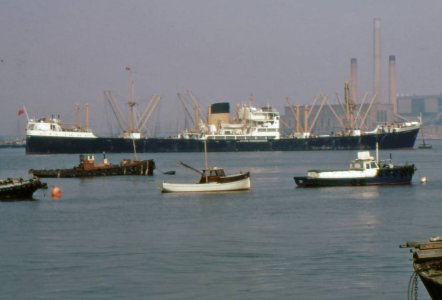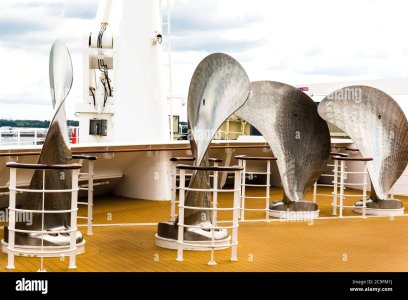dgadee
Well-known member
Reading again Moya Crawfords 'Deep Water' (and her husband's book too) and they mention that in salvaging ships there was usually one or more spare blades/props. Was it so common to lose these or just difficult to get replacements after launch?


